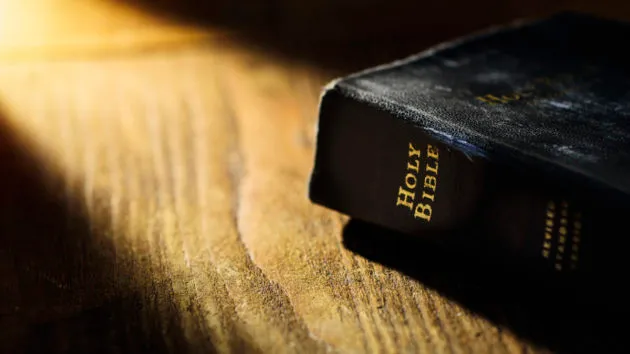Table of Contents
Pretty much every Australian knows by now that the dreary ritual of “Welcome to Country” was manufactured in the early 1970s. We have the exact dates and the names of those responsible. It’s about as ‘ancient’ and traditional as Kwanzaa or Festivus. Except that at least Festivus is fun.
Rather than admit that it’s all made-up play-acting, though, the ‘Indigenous Culture’ vultures insist that it is ‘based on traditional Aboriginal culture.
In fact, there were one or two traditional Aboriginal responses to encountering strangers – most of them involving the wrong end of a spear.
On the other hand, “Welcome to Country” co-fabricator Ernie Dingo offered a slightly less-fatal “traditional indigenous greeting”: getting “the sweat from under their arms and [rubbing] down the side of your shoulders so any spirits around can smell the perspiration or the odour of the local, and say, ‘He’s right, leave him alone’.”
The prospect of watching the local council or school board rubbing each other down with each other’s sweat is hilarious enough to make me want to see it adopted as a genuine “Welcome to Country”. Hey, if you want to ‘respect’ ‘Indigenous culture’, at least be authentic about it.
If exchanging sweaty rub-downs is all a bit much for even the most ardent wokeist, there’s always a bit of wife-swapping.
Traditional Aboriginal culture was pretty big on that.
Renowned anthropologist A P Elkin, whose resume included not just the presidencies of the Anthropological (1934) and Royal (1940–41) societies of New South Wales, the Australian Anthropological Association (1941) and the Australian Institute of Sociology (1941–44), but the authoritative study, The Australian Aborigines: How to understand them (1938).
Unsurprisingly, in his almost four-hundred pages analysing indigenous culture, Elkin never mentions either the custom of ‘Welcome to Country’ or ‘Acknowledgment of Country’. Significantly, what details he provides by way describing how indigenous communities “inter-related” with other tribes is quite shocking.
Spoiler alert: most of them involved turning out the womenfolk, whether they liked it or not.
In his book, Elkin gives the following six examples:
♦ Before a revenge expedition sets out on its dangerous enterprise, its members temporarily exchange wives, thus expressing their unity and friendship to one another.
♦ When an attacking party is about to attack the home party, the latter if it does not want to fight, will send a number of its women over to the former. If these are willing to settle the matter in dispute without fighting, they have sexual intercourse with the women; if not, they send them back untouched.
For the sake of peace, I guess you better hope your sheilas aren’t a pack of munters.
♦ In some parts (e.g. north-eastern South Australia), the temporary exchange of wives between the two parties to a quarrel is a regular part of the method of settling it, if each has an admitted debt or charge against the other.
♦The final making of peace between two groups may always include the temporary exchange of wives […]
♦ Very often at times of great excitement during ceremonies, the men go aside to prearranged places and there have sexual intercourse with the women, and once again, the usual rules governing the intercourse of the sexes are ignored […]
♦ The above five occasions are communal in nature; but there is another similar in some ways, which differs in being a mark of friendship or hospitality and in being practised between individuals. This is the lending of a wife to a visitor. In such cases, kinship rules governing marriage apply, and “incest rules”, interpreted tribally, are not broken. This is more than a mark of hospitality in some tribes (e.g. north-east of South Australia); it is an institution.
Modern activists are invariably embarrassed and infuriated by these inconvenient facts. Not only do they destroy the narrative of the magic Aboriginal utopia that supposedly prevailed before Europeans came, it also demolishes many accepted narratives about colonial society.
For instance, it is routinely asserted that Bass Strait sealers ‘stole’ Aboriginal women. In fact, women were often traded like so many chattels, for useful goods like dogs or tomahawks.
But that doesn’t fit the ‘Magic Aborigine’ narrative.
In any case, I can live without a footy match being pre-empted by a ritual swapping of wives by the opposing sides. Especially if its Manawatu playing against East Coast.









